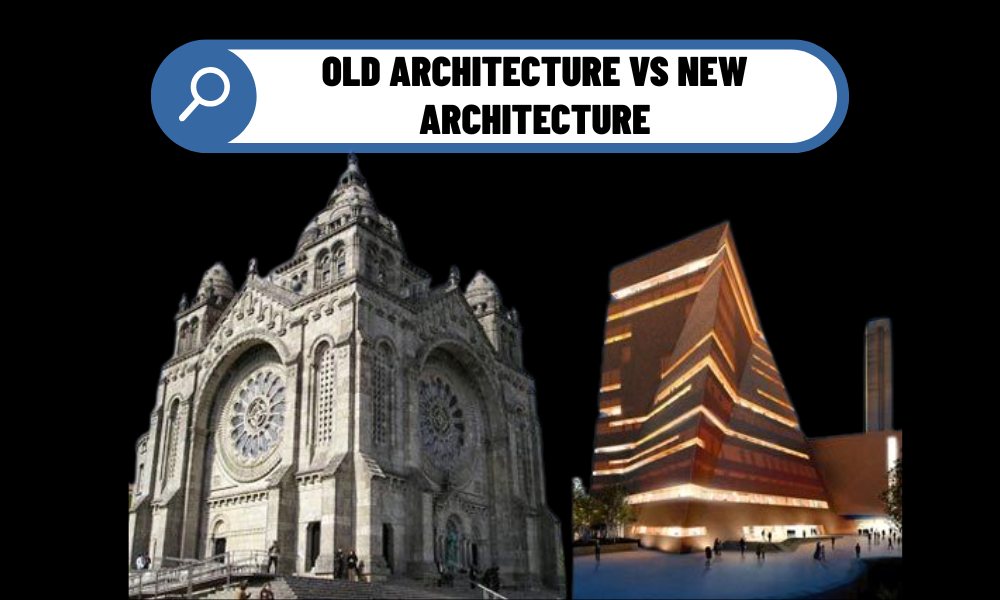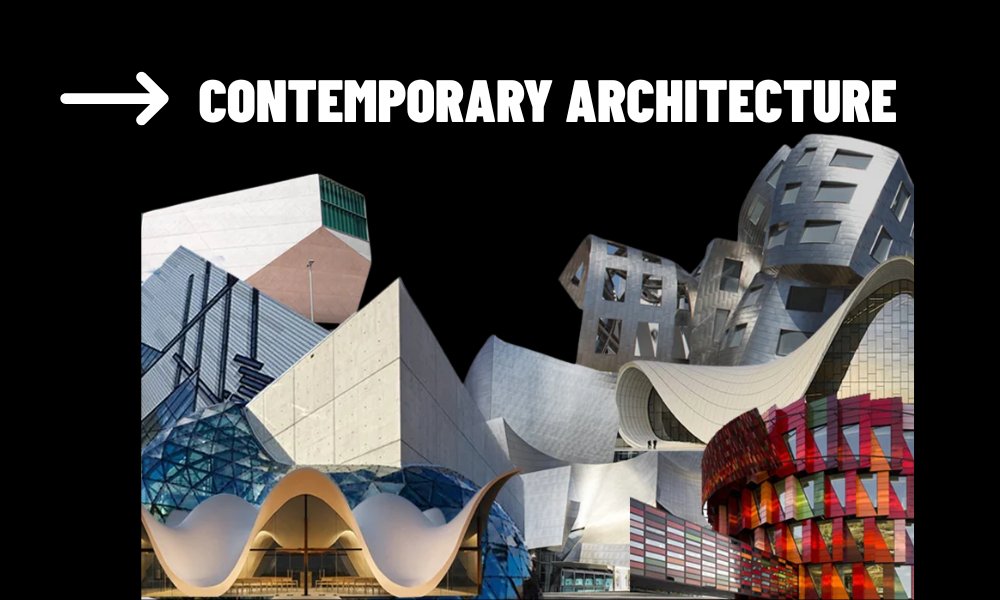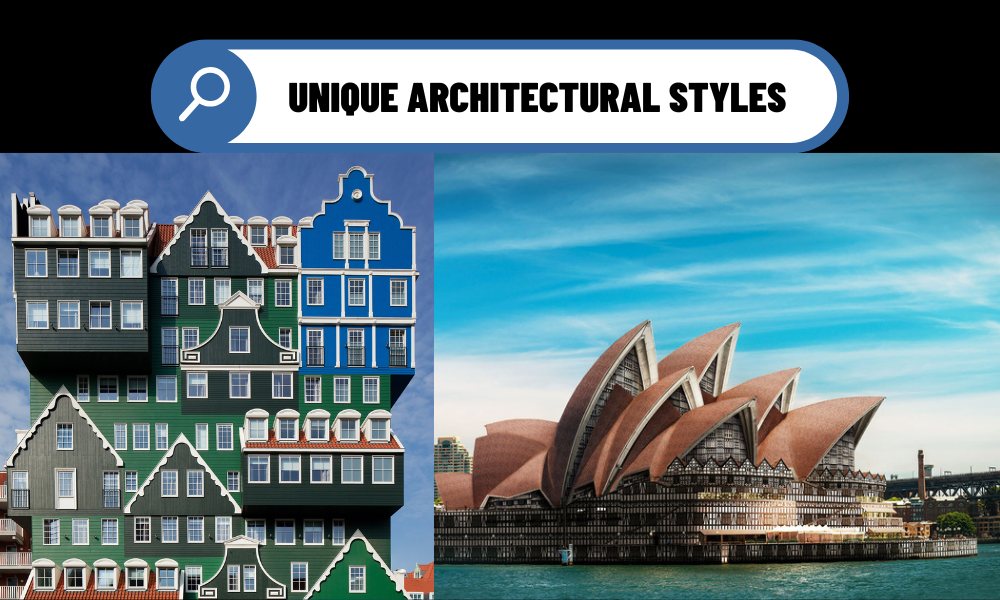Architecture is one of humanity’s oldest and most impactful expressions of creativity. From the majestic stone temples of ancient civilizations to the sleek, energy-efficient skyscrapers of today, architecture has evolved significantly over the centuries. While old architecture reflects the cultural and technological achievements of past societies, new architecture focuses on innovation, sustainability, and the future of urban living.
Contents
Old Architecture: The Timeless Foundations
Key Characteristics of Old Architecture:
Materials and Construction: Traditional buildings were constructed with natural materials such as stone, brick, wood, and clay. These materials provided durability and stability, making the buildings last for centuries. The construction techniques were more labor-intensive, relying heavily on manual labor and craftsmanship.
Design Philosophy: In ancient times, buildings were often designed with symbolic meaning and cultural significance in mind. Religious structures like temples, churches, and mosques were central to societies, and their designs often embodied the spiritual beliefs and practices of their people. Many ancient structures also represented power and wealth, such as royal palaces and monuments.
Functionality: While function was important, aesthetics played a significant role in old architecture. Monumentality was often a key design element, as these buildings were meant to awe and inspire, both in their scale and artistic beauty.
Endurance and Symbolism: Old architecture was meant to stand the test of time. Many ancient structures, such as the Great Pyramids of Giza and the Colosseum, were built with the intention of lasting for millennia. These buildings continue to serve as symbols of their cultures, showcasing the civilization’s power, ingenuity, and artistry.
Notable Examples of Old Architecture:
- The Parthenon (Athens, Greece)
- The Colosseum (Rome, Italy)
- The Great Wall of China (China)
- Machu Picchu (Peru)
Old architecture represents the pinnacle of ancient engineering, with designs that have stood the test of time. These structures offer a unique glimpse into past societies, allowing us to understand their culture, technology, and values. Additionally, the craftsmanship and materials used in ancient buildings continue to influence contemporary design, with many modern architects drawing inspiration from classical forms and techniques.

New Architecture: Innovation and Efficiency for a Modern World
Key Characteristics of New Architecture:
Materials and Technology: Modern architecture embraces a wide array of materials, from glass and steel to composite materials and carbon fiber. These materials enable architects to create larger, lighter, and more versatile buildings. Additionally, cutting-edge construction technologies like 3D printing and robotics are reshaping the way buildings are designed and built.
Sustainability and Environmental Focus: As global awareness of climate change and environmental issues grows, modern architecture places a strong emphasis on sustainability. Green buildings are designed to minimize energy consumption, reduce waste, and use renewable resources. Energy-efficient systems, solar panels, and green roofs are just some of the sustainable features found in today’s buildings.
Minimalism and Functional Design: New architecture often emphasizes minimalism, focusing on clean lines, open spaces, and simplicity. The use of large glass windows and open floor plans creates an airy, light-filled atmosphere. Functionality is key, and many modern buildings are designed to be flexible, easily adaptable to changing needs over time.
Smart Architecture: The integration of smart technology is one of the defining features of new architecture. Smart buildings use sensors and automated systems to control lighting, heating, cooling, and security, creating environments that respond to the needs of their occupants. In addition, modern architecture is increasingly focused on creating connected spaces within smart cities.
Notable Examples of New Architecture:
- The Burj Khalifa (Dubai, UAE)
- The Shard (London, UK)
- Sydney Opera House (Sydney, Australia)
- The Louvre Pyramid (Paris, France)
New architecture represents the evolving needs of modern society. With the increasing urbanization of the world, architects are focused on designing buildings that optimize space and resources, ensuring sustainability while accommodating growing populations. Additionally, technological advancements are playing an increasingly prominent role in shaping how buildings are designed, built, and lived in, making modern architecture an exciting frontier for innovation.
Old Architecture vs. New Architecture
| Aspect | Old Architecture | New Architecture |
|---|---|---|
| Materials | Stone, brick, wood, clay | Steel, glass, composite materials, concrete |
| Design Philosophy | Symbolism, grandeur, and religious significance | Innovation, minimalism, and efficiency |
| Construction Techniques | Manual labor, craftsmanship | Advanced technology, automation, robotics |
| Functionality | Focus on monumental structures, cultural and religious purposes | Emphasis on flexible, adaptable spaces |
| Sustainability | Less focus on sustainability due to available resources | Strong emphasis on energy efficiency and sustainability |
| Technological Integration | Limited technological integration | Smart technologies, automated systems, IoT |
| Longevity | Built to endure centuries, symbolic | Aims for energy efficiency and adaptability in a changing world |
The Future of Architecture: Blending the Best of Both Worlds
As we look to the future, the evolution of architecture will likely continue to blend elements of both old and new. The timeless beauty and craftsmanship of ancient designs will continue to inspire modern architects, while new technologies and sustainable practices will drive the development of the next generation of buildings.
For instance, architects are increasingly incorporating eco-friendly materials and green technologies in modern structures, inspired by the lasting nature of ancient buildings. Likewise, the precision and artistry of older architectural styles are finding their place in new designs, where attention to detail and symmetry remain crucial.

A Timeless Dialogue Between Past and Present
The debate between old architecture and new architecture is not about choosing one over the other but about celebrating the strengths of both. Old architecture offers invaluable insight into our history, culture, and craftsmanship, while new architecture addresses the needs of the modern world, emphasizing sustainability, technology, and efficiency. Together, they form a continuous dialogue that shapes the built environment we live in today.


